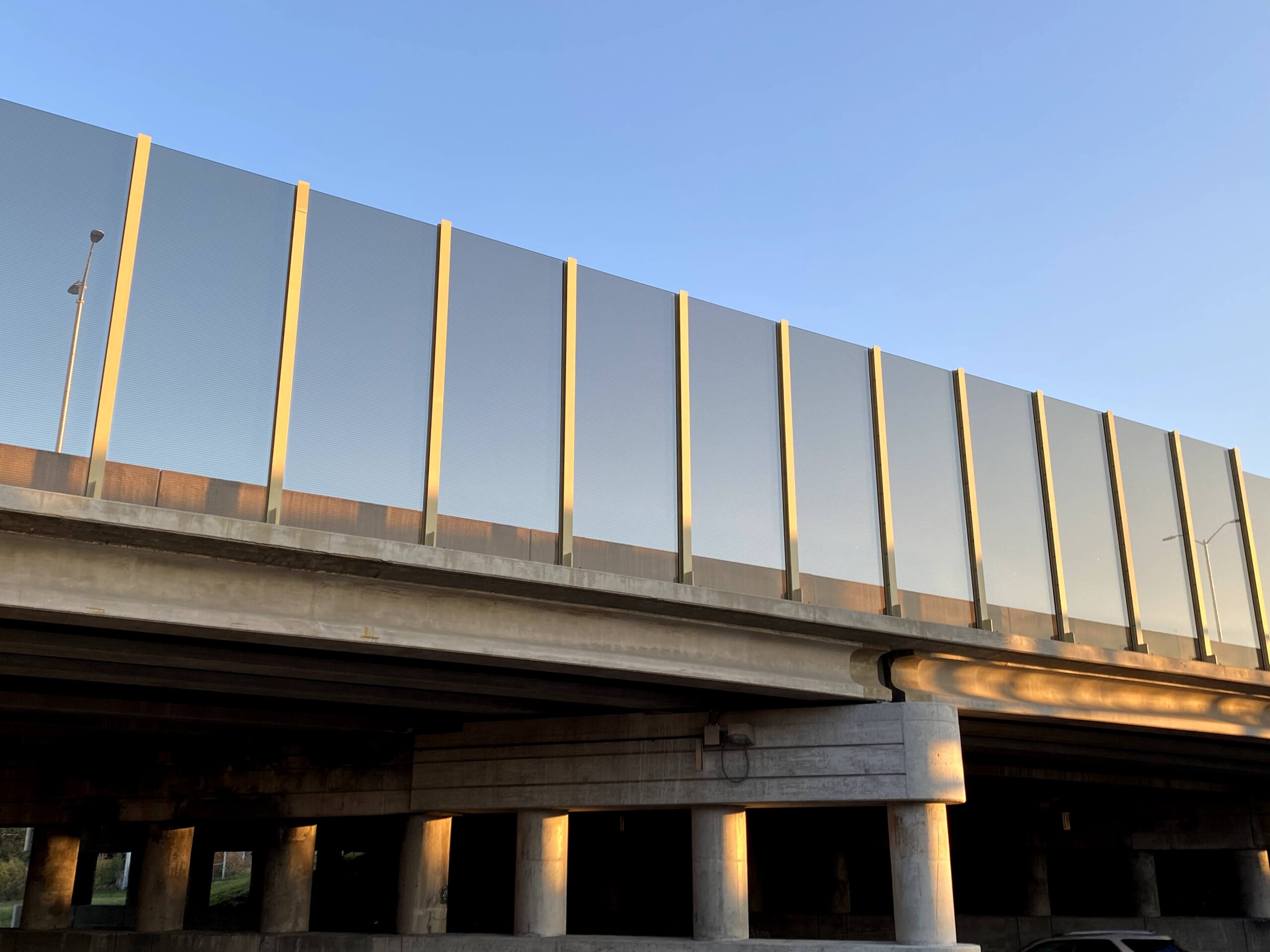Understanding Wire Mesh Grating Applications, Benefits, and Features
Wire mesh grating is a versatile building material that has gained immense popularity in various industrial, commercial, and residential applications. Made from a network of interconnected wires, this type of grating offers a range of properties that make it suitable for specific uses. In this article, we will explore the definition, composition, advantages, and diverse applications of wire mesh grating.
What is Wire Mesh Grating?
Wire mesh grating consists of a series of intersecting wires that form a grid-like structure. Typically constructed from stainless steel, carbon steel, or aluminum, these materials are chosen for their strength and durability. The production process involves weaving or welding the wires together, creating a mesh-like surface that can vary in size depending on the intended application. The openings in the mesh can be adjusted to provide specific levels of ventilation, drainage, and load-bearing capacity.
Advantages of Wire Mesh Grating
The use of wire mesh grating offers numerous benefits
1. Strength and Durability Wire mesh grating is designed to withstand heavy loads and resist corrosion, making it suitable for tough environments such as industrial plants and outdoor settings. The use of stainless steel is particularly advantageous in environments that may be exposed to moisture or chemicals.
2. Lightweight and Easy Installation Despite its strength, wire mesh grating is relatively lightweight compared to other materials like solid metal grating. This characteristic facilitates easier handling and quicker installation, reducing labor costs in construction and maintenance projects.
3. Versatile Applications Wire mesh grating is highly versatile. It can be used in flooring, walkways, platforms, and barriers, making it an ideal choice for a wide range of applications—both indoors and outdoors.
4. Enhanced Safety The design of wire mesh grating allows for excellent visibility and drainage. This is particularly useful in areas where water or debris can accumulate, helping to prevent slips and falls.
wire mesh grating

Applications of Wire Mesh Grating
Wire mesh grating finds utility in various sectors, including
1. Industrial Facilities In factories, wire mesh grating is widely used for platform flooring, catwalks, and stair treads. Its robust nature can handle heavy machinery and foot traffic while ensuring safety.
2. Wastewater Treatment Plants The drainage capabilities of wire mesh make it ideal for use in wastewater treatment facilities. Its design allows for efficient removal of water while providing structural integrity.
3. Commercial Spaces In commercial buildings, wire mesh grating is often used for ramps, walkways, and as safety barriers. Its durability makes it suitable for high-traffic areas.
4. Agricultural Applications Farmers use wire mesh grating in animal enclosures and as flooring in barns. The open design allows for easy cleaning and ventilation, promoting better health for livestock.
5. Architectural Features Wire mesh can also be employed as aesthetic elements in modern architecture. Its unique look can enhance the design of facades, partitions, and sunshades.
6. Transportation Infrastructure In bridges and overpasses, wire mesh grating is used to provide safe walking surfaces for maintenance crews and pedestrians, ensuring both functionality and safety.
Conclusion
Wire mesh grating is a practical and efficient solution for a variety of applications. Its blend of strength, durability, and lightweight characteristics makes it a preferred choice in many industries. As advancements in materials and manufacturing processes continue, we can expect even more innovative uses for wire mesh grating in the future. Whether in industrial, commercial, or agricultural settings, this versatile material demonstrates its value in modern construction and design.
-
Turn Down the Noise: The Future of Highway Sound Barriers
NewsApr.09,2025
-
Silence the Sound: The Power of Highway Noise Barriers
NewsApr.09,2025
-
Reduce Road Noise Effectively with Highway Noise Barriers
NewsApr.09,2025
-
Noise-Free Living: How Highway Barriers Make a Difference
NewsApr.09,2025
-
Engineered for Silence: Highway Noise Barriers for Every Road
NewsApr.09,2025
-
Effective Noise Control: Highway Barriers for a Quieter Tomorrow
NewsApr.09,2025
Subscribe now!
Stay up to date with the latest on Fry Steeland industry news.

